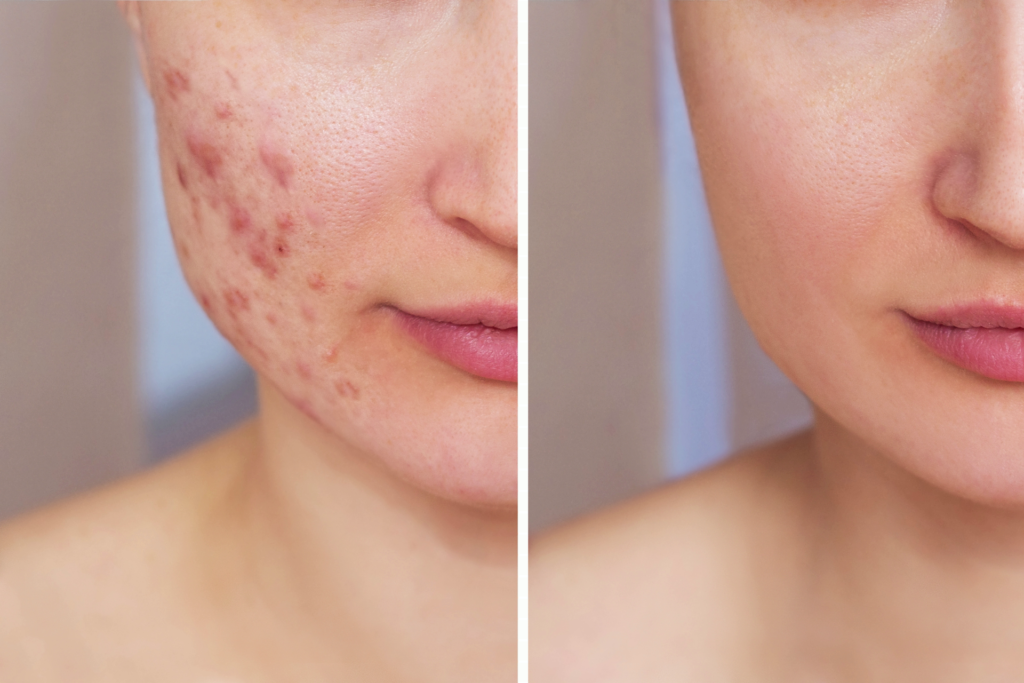From University of South Australia 15/09/23

It’s a skin disorder that makes life miserable for around 800 million teenagers and adults worldwide, but Australian scientists may have found an effective treatment for acne, delivered via tiny nanoparticles.
In a study led by the University of South Australia (UniSA), a new antibacterial compound known as Narasin was encased in tiny, soft nanoparticles 1000 times smaller than a single strand of human hair and applied in a gel form to targeted acne sites.
The drug – more commonly used in the livestock industry – proved successful against drug-resistant acne bacteria and delivered via nanocarriers achieved a 100-fold increase in absorption than simply taken with water.

The findings have been published in the journal Nanoscale.
Lead author UniSA PhD student Fatima Abid says this is the first time that nano-micelle formulations of Narasin have been developed and trialled.
“Acne severely impacts approximately 9.4% of the world’s population, mainly adolescents, and causes distress, embarrassment, anxiety, low self-confidence and social isolation among sufferers,” Abid says.
“Although there are many oral medications prescribed for acne, they have a range of detrimental side effects, and many are poorly water soluble, which is why most patients and clinicians prefer topical treatments.”
Abid’s supervisor, pharmaceutical scientist Professor Sanjay Garg, says a combination of increasing antibiotic resistance and the ineffectiveness of many topical drugs to penetrate hair follicles in acne sites means there is a pressing need to develop new antibacterial therapies that are effective and safe.
Narasin is commonly used for bacterial infections in livestock but has never been previously investigated as a viable treatment for acne.
Abid, Prof Garg and researchers from UniSA, the University of Adelaide, and Aix-Marseille Université in France also investigated how well Narasin encased in nanoparticles penetrated various layers of skin, using pig’s ear skin as a model.
“The micelle formulation was effective in delivering Narasin to acne targets sites, as opposed to the compound solution which failed to permeate through skin layers,” Prof Garg says.



